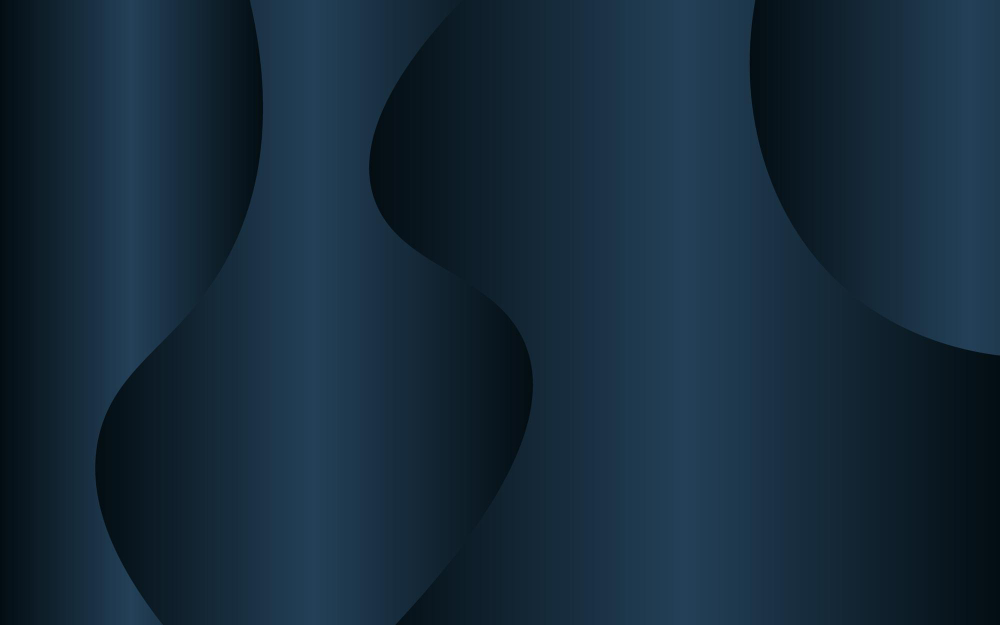Your first landing page is more than just a digital placeholder, it’s your startup’s first conversation with the world. In those few seconds after someone lands on your page, they’re making decisions: Do I understand what this is? Does it solve a problem I care about? Can I trust it? That’s why building your first landing page isn’t about design trends or clever copy. It’s about clarity, credibility, and conversion.
When you’re creating your first landing page, it’s tempting to focus on perfection: the perfect font, the perfect color palette, the perfect headline. But the truth is, none of that matters if visitors don’t immediately understand what you’re offering. The single most important rule for any early-stage startup is this: your landing page must make sense instantly. If a visitor can’t explain what you do after five seconds, you’ve lost them.
The best landing pages answer three questions fast:
What is it? Who is it for? Why should I care?
If you nail those three things, everything else, your visuals, testimonials, call to action—builds naturally around them. Clarity always wins.
Take Buffer, one of the early masters of startup landing pages. Before building their full product, they used a simple page that described the service in one line: “Tweet more consistently with Buffer.” It had a brief description and a call to action: “Sign up for early access.” That was it. People understood instantly what it did and why it mattered. The simplicity worked, and the feedback from that page validated their entire concept.
The secret to a great landing page isn’t design, it’s focus. Every element on your page should guide visitors toward one clear action. Whether that’s signing up, joining a waitlist, or requesting a demo, your page should do exactly one job and do it well. The more options you give, the less likely people are to act. Early-stage landing pages are about learning, not selling. You’re testing interest, not closing deals.
Start with your headline. This is the first thing visitors see, and it should clearly communicate your value proposition. Avoid jargon and clever wordplay. Instead of “Revolutionizing the Future of Collaboration,” say “A simpler way for remote teams to work together.” Clarity builds trust faster than creativity. If your headline passes the “five-second test” (a stranger understands your offer within five seconds), you’re on the right track.
Next, add a short subheadline that gives a bit more context. Think of it as your supporting statement, what your product does and why it’s valuable. Then, reinforce that message visually. Screenshots, mockups, or short videos can help people grasp your idea faster than paragraphs of text. If you’re pre-launch, even a well-designed mockup communicates intent and credibility.
Your call to action (CTA) is the heart of the page. Keep it clear, visible, and specific. “Join the waitlist,” “Try it free,” or “Get early access” works far better than vague CTAs like “Learn more.” If you’re testing demand, connect your CTA to a measurable goal. For example, track how many people click “Sign up for updates.” That’s not just vanity, it’s data.
Credibility matters too, even for your first landing page. If you have testimonials, use them. If not, use social proof in other ways, logos of places you’ve been featured, the number of people who joined your waitlist, or a short quote from a beta tester. These signals help build trust, especially when your product is new or not yet available.
Many first-time founders overthink their landing pages, stuffing them with every possible feature or benefit. Resist that urge. Visitors don’t care about your product’s every detail; they care about the problem it solves. Your job is to make that problem and your solution obvious. Use real customer language. Talk less about “AI-powered optimization” and more about “saving time every day.” Your landing page isn’t a brochure; it’s a mirror reflecting your customer’s pain points and aspirations.
One common mistake is treating your first landing page as a final product instead of an experiment. In reality, it’s your first test. You’re not just launching a website, you’re gathering feedback. Use analytics tools like Google Analytics or Hotjar to see where people click, scroll, and drop off. Watch their behavior, and you’ll know what’s working and what isn’t. A landing page that converts at 15% is telling you something different from one that converts at 2%.
It’s also helpful to run quick A/B tests, but don’t overcomplicate them. Test one element at a time, like your headline or CTA, and give each version enough traffic to draw a meaningful conclusion. The goal isn’t to optimize for perfection but to learn what resonates most with your audience.
Design still plays a role, but only in service of clarity. Keep layouts clean, use high contrast for readability, and guide the visitor’s eye toward your CTA. Avoid distractions like unnecessary animations or carousels. The best landing pages feel effortless to read and easy to act on.
If you’re still pre-product, you can use your landing page as a validation tool. Describe your solution, invite sign-ups for early access, and see how many people engage. This is how startups like Dropbox and Superhuman tested demand long before building their products. Your first landing page can be your cheapest experiment and one of your most powerful.
Finally, remember that your landing page will evolve. As you learn more about your audience, their problems, and what motivates them, your messaging will sharpen. Every iteration should get simpler, more confident, and more aligned with user insight. Think of your first landing page as your starting hypothesis. Every click, scroll, or sign-up is a piece of evidence helping you refine it.
In the end, what really matters on your first landing page isn’t the design, headline length, or conversion rate, it’s clarity of purpose. If it helps you learn something true about your audience and their willingness to act, it’s done its job. Perfection can wait, but learning can’t.



